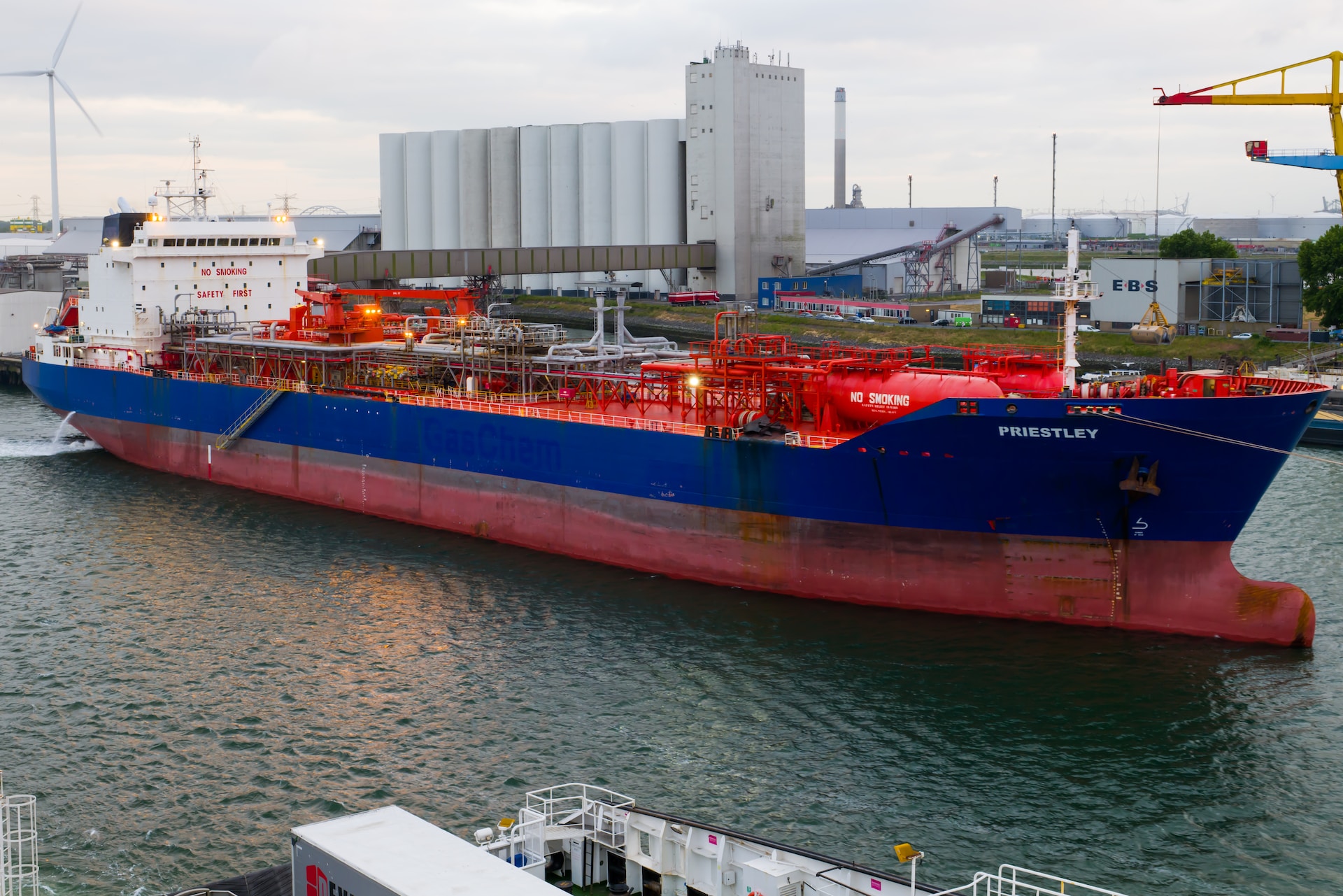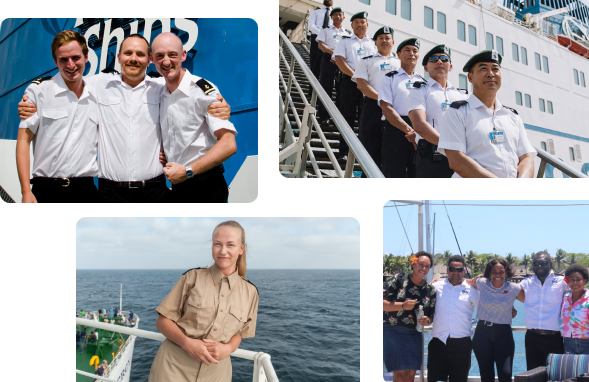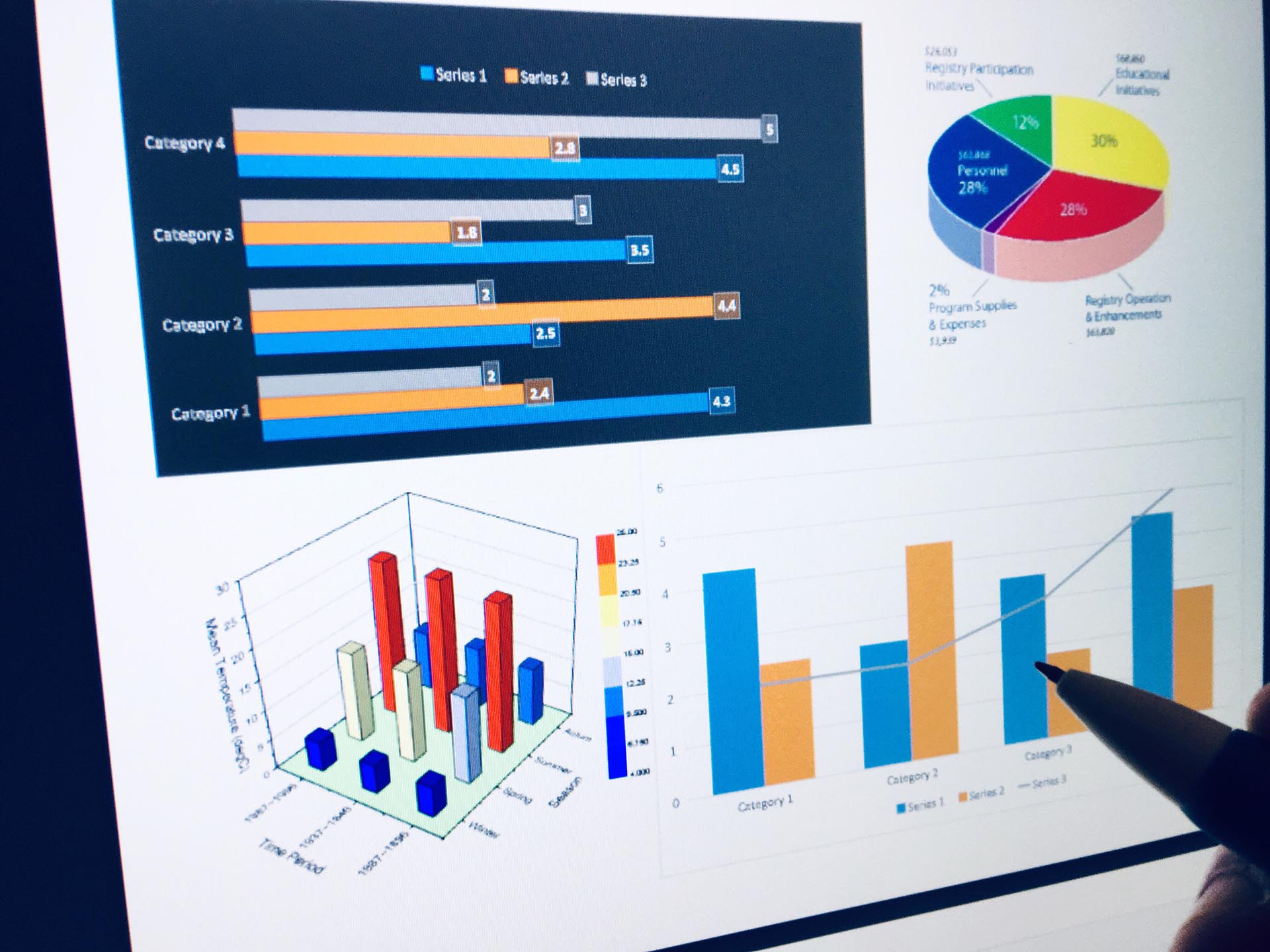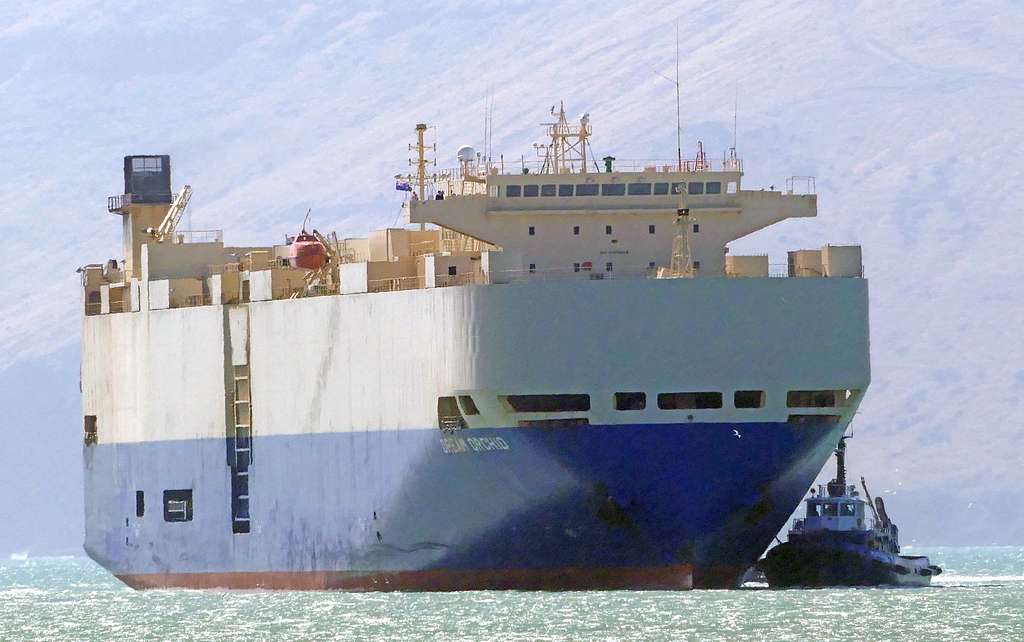Everything You Need to Know About LNG & LPG Tankers
Sep 07, 2023 · 11 mins read ·
Shipping & Vessels
Have you ever wondered what LNG and LPG tankers are? If so, you’ve come to the right blog post! In this article we’re going to take a look at LNG and LPG ships and see what they transport and how.
This is one in a series of posts about different types of ships and boats, so if you’ve ever wondered how an icebreaker ship works, what a bulk carrier transports,what car carrier vessels do, or if there are still fireboats in operation, check out some of our other articles.
But for now let’s get back to the vessels we’re here to talk about: LPG and LNG tankers.
Everything you need to know about LNG and LPG tankers
So what are LNG and LPG tankers? Essentially they are two types of gas carrier ships.
ARE YOU LOOKING FOR JOBS ON LPG TANKERS? VIEW MARTIDE’S LPG CARRIER JOBS NOW!
These are vessels that have been designed and built specifically for the transportation of bulk quantities of liquefied petroleum gasses (LPG) or liquefied natural gasses (LNG) from one destination to another across the globe where it will be used for various purposes including cooking, heating, and power generation.
Read more: Everything You Need to Know About Fishing Vessels
And as the names suggest, this gas is moved from A to B in a liquid form, as opposed to gaseous.
Gas carriers as a whole are broken down into a number of different types:
- Fully pressurized gas carriers
- Semi-pressurized and semi-refrigerated carriers
- Fully refrigerated gas carriers
With further breakdowns within those categories such as LNG tankers and LPG ships. We’ll explore those categories a little later on in this article.
And just like some of those other behemoths of the seas, such as large cargo and container ships and heavy lift vessels, LNG and LPG tankers are typically very large vessels, with many of them boasting a capacity of up to 100,000 cubic meters.
Read more: Everything You Need to Know About Ferries
Meanwhile, spaller LPG vessels such as those under 15,000 cubic meters are normally called coaster vessels, so named because they ply their trade closer to shorelines as opposed to undertaking long haul voyages.
LNG and LPG vessels are equipped with special tanks that are designed to keep the gas in a liquid state during transport. These tanks are usually insulated and because they’re designed in a way so that they’re surrounded by seawater, this also helps to keep the temperature low.
So why does the temperature need to be low? Let’s dive into our next question: what are LNG and LPG gasses?
What are LPG and LNG gasses?
We’ll look at these two different types of gas separately and break their main characteristics down.
Read more: Everything You Need to Know About Crane Vessels
ARE YOU LOOKING FOR JOBS ON LNG TANKERS? VIEW MARTIDE’S LNG CARRIER JOBS NOW!
What is Liquefied Natural Gas (LNG)?
Liquefied Natural Gas (LNG) is natural gas but in liquid form. When natural gas is cooled to -161C (-259F) it turns into a liquid and when it is heated back up, it returns to its original gaseous state.
Here are some fast LNG facts:
- LNG is used to power electric power plants
- It is also used for fuel for vehicles
- We can cook with LNG too
- LNG produces 40% less carbon dioxide than coal
- And 30% less CO2 than oil, both of which make it the cleanest of the fossil fuels.
- LNG consists mostly (85-95%) of methane but has trace elements of propane, nitrogen, butane and ethane
- LNG is clear, odorless and colorless
What is Liquefied Petroleum Gas (LPG)
Liquid Petroleum Gas is created by refining petroleum (crude oil) or wet natural gas - gas with a lower methane content that is combined with water vapor and natural gas liquids. LPG may also be extracted from natural gas streams as they rise from the earth.
Read more: Everything You Need to Know About Feeder Vessels
LPG is heavier than LNG and is liquefied either by applying high pressure or through refrigeration.
Now for a few facts about LPG:
- LPG is used for heating and cooking in the home
- It is also used in as vehicle fuel, in industrial applications and in agriculture
- Some of the main exporters of LPG are the USA, Saudi Arabia, Qatar and Algeria
- LPG is heavier than LNG and remains so even when heated
- However heating LPG can cause it to evaporate so it is transported under high pressure
- LPG’s main components are propane and butane
Different types of LNG and LPG ships
As they are gasses, both LNG and LPG have the ability to burn. Therefore ensuring their safe transportation in specifically designed LNG and LPG tankers is crucial.
Before the gas can be loaded in its liquified state onto the vessel, the tanks must be thoroughly emptied and cleaned to remove any components or impurities that could cause the gas to combust. Ensuring that gas, and only gas, is in those tanks is an absolute must.
Read more: Everything You Need to Know About Supramax Vessels
In addition to this, the pressure and temperature of those tanks must be carefully controlled.
In the case of LPG ships, the pressure in the tank must be greater than the atmospheric pressure and the temperature must be kept below the ambient temperature. Both of these methods can be used independently or together.
ARE YOU LOOKING FOR JOBS ON LPG TANKERS? VIEW MARTIDE’S LPG CARRIER JOBS NOW!
As mentioned earlier in this article, gas carriers, including LNG and LPG carriers are divided into three main categories:
- Fully pressurized gas carriers
- Semi-pressurized and semi-refrigerated gas carriers
- Fully refrigerated gas carriers
Now we’ll take a look at each in turn.
Fully pressurized LPG tankers
The original vessel used to transport gas is the fully pressurized tanker. These ships carried their cargo of gas in spherical or cylindrical tanks made of steel that are carefully temperature regulated.
Read more: Everything You Need to Know About Dredgers
Most fully pressurized LPG or LNG ships have a capacity for 3500 cubic meters of cargo and are meant to work at a pressure of 17.5 kg/cm2. In addition, fully pressurized LNG and LPG vessels are built with double bottoms to minimize the likelihood of the gas escaping in the event of an accident.
Semi-pressurized and semi-refrigerated LPG ships
These LNG and LPG tankers are equipped with either pressurizing and refrigeration facilities, or sometimes both. Some vessels have a re-liquefaction plant onboard which allows them to load the cargo as gas and liquefy it on the ship.
They are lighter in weight than fully pressurized LPG carriers, and as the names suggest, they transport gas in a semi-pressurized, or semi-refrigerated state. This affords them greater flexibility as they are able to load, and unload cargo at storage facilities with either pressurized or refrigerated storage facilities.
Typically, semi-pressurized and semi-refrigerated LPG ships have 2 to 6 gas tanks and are, like the fully pressurized LNG tankers, double bottomed.
Fully refrigerated LNG and LPG ships
These huge gas carriers are most often referred to as VLGCs (Very Large Gas Carriers) and they usually undertake long haul voyages. Fully refrigerated LPG tankers are used to transport liquified gasses such as ammonia, butane propane and vinyl chloride.
Read more: Everything You Need to Know About Mining Ships
Unlike the other carriers, they have prism shaped tanks which makes them able to carry larger quantities of gas than fully pressurized LPG and LNG carriers and semi-pressurized and semi-refrigerated carriers.
LNG and LPG Ships: conclusion
Both Liquified Natural Gas ships and Liquified Petroleum Gas tankers are a crucial part of the global energy supply chain.
These gasses are cleaner than other fossil fuels but they won’t last forever, however whilst they do, the highly trained seafarers who work in jobs on tankers will be sure to keep these workhorses operating and delivering their cargo of gas throughout the world.
ARE YOU LOOKING FOR JOBS ON LNG TANKERS? VIEW MARTIDE’S LNG CARRIER JOBS NOW!
Meanwhile, if you’re still looking for more information about different types of merchant vessels we can answer your questions about ships as diverse as cruise ships, roro ships, cable laying ships, lightships and pilot boats.
And if you’re interested in more tanker action, have a look at Everything You Need to Know About Oil Tankers and Everything You Need to Know About Chemical Tankers.
Read the previous article in this series: Everything You Need to Know About Offshore Vessels
Read the next article in this series: Everything You Need to Know About Tugboats

Eve Church
Eve is Martide's content writer, publishing regular posts on everything from our maritime recruitment and crew planning software to life at sea. Eve has been writing professionally for more than two decades, crafting everything from SEO-focused blog posts and website landing pages to magazine articles and corporate whitepapers.
UK

is the only site for maritime jobs



